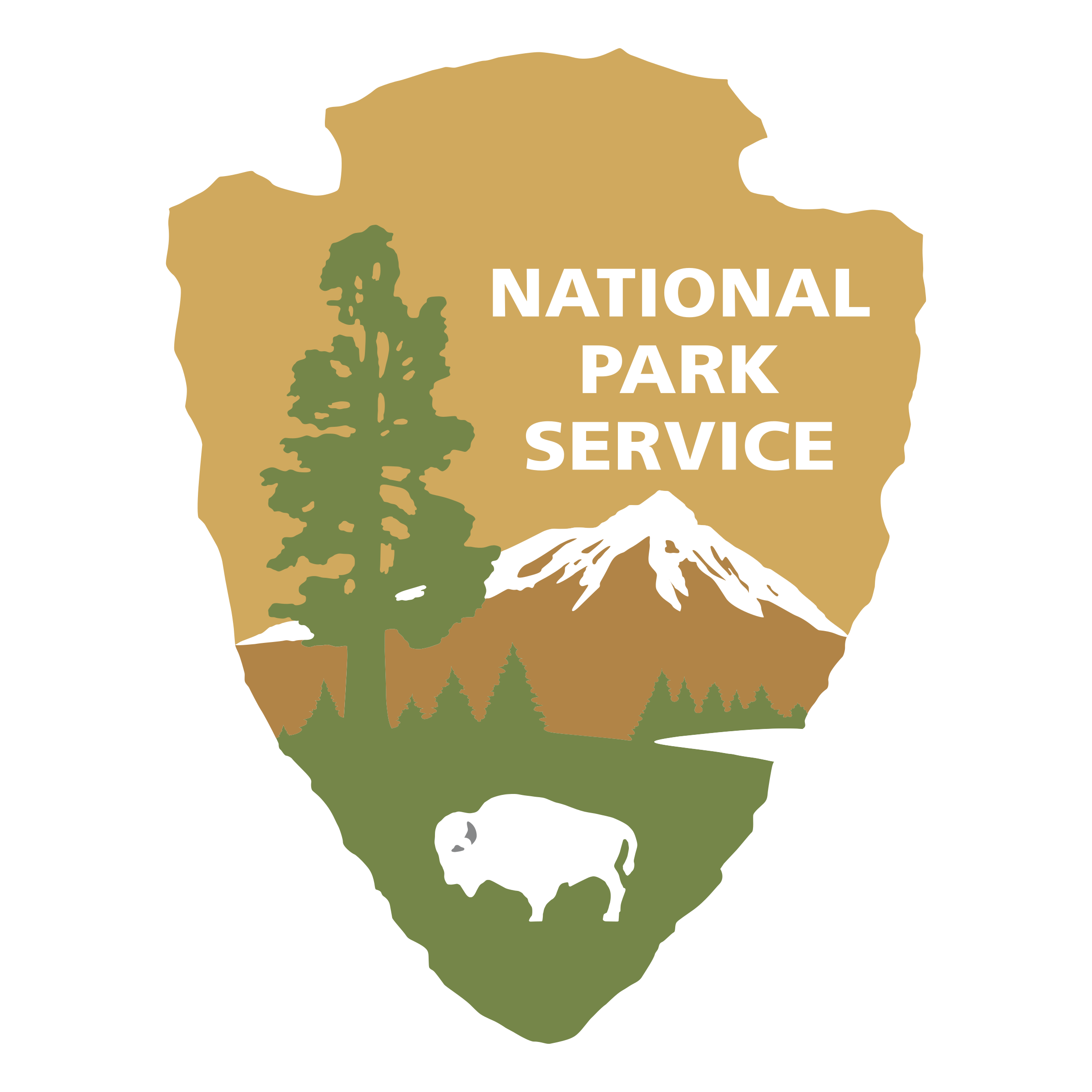For the best visual experience, use this National Park data visualization on a computer.
The United States is home to 423 national lands ranging from arctic tundras, war memorials, vast desert plains, steep volcanic walls, underwater coral reefs, lush forests, and many many more. The National Park Service maintains over 84 million acres of land, which is surprisingly just over 3% of the total United States territory.
These national lands contain some of the United States' hidden natural gems that tell magnificent stories with their untouched existence. Visitors come from all over the world to see these lands. However, the amount of visitors the NPS observes and tracks tells us much more than meets the eye of the National Park System. Without a doubt, we have seen major fluctuations in recreational visitors throughout national lands over the last century. Since the National Park Service's founding in 1916, different world and national events have created overall national trends in the parks. Along with these nationwide trends, every park has created its own trends based on other components like scenic attractions, wildlife, and technology just to name a few.
This project will look at these, along with a handful of other components, to determine the reasoning for recreational visitor fluctuation. This leads us to the overall question of this investigation: What has led to increases and decreases in the recreational usage of properties within the National Park System?
The graph below I've created gives us an overall sense of what visitation has looked like in the National Lands since 1904. As we can see, certain global and national events have created rises and fall, some large and some small, of visitation since the recording of visitors began. The rest of this website is devoted to zooming in and looking at why national lands have their own visitation numbers and what causes them to waver and be so diverse.
